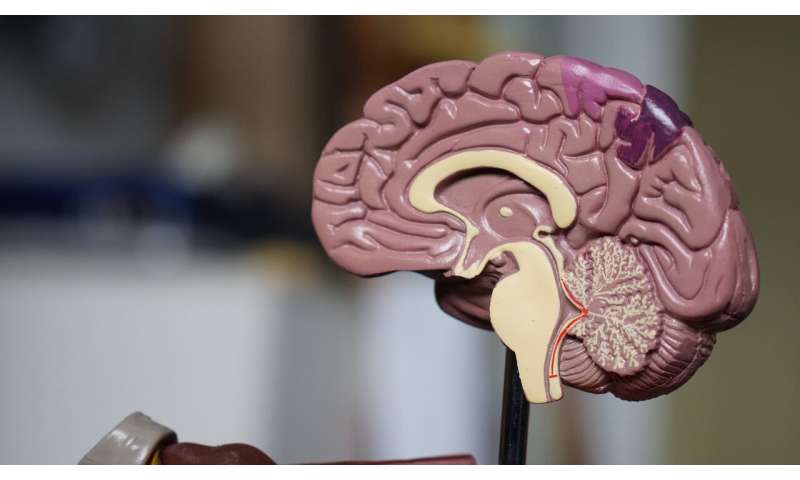Detailed molecular workings of a key system in learning and memory formation


One of the new realities in biomedical research is that it’s increasingly difficult to use a general approach to score advances. Now, investigations into disease mechanisms, for example, are often conducted at the molecular level by specialists who dedicate years to interrogating a single protein or signaling pathway.
One such scientist is biochemist Margaret Stratton at the University of Massachusetts Amherst, whose lab reports how they used advanced sequencing technology to clear up uncertainty and determine all variants of a single protein/enzyme known as calcium/calmodulin-dependent protein kinase II (CaMKII) in the hippocampus, the brain’s memory center.
It plays a central role in calcium signaling throughout the body, Stratton explains. In the hippocampus, CaMKII is required for learning and memory, and when mutations occur they contribute to conditions such as autism spectrum disorders and developmental disabilities, or problems in other systems relating to cardiac pacing and fertility.
Stratton and first authors Roman Sloutsky and Noelle Dziedzic, with others, report in Science Signaling that they found an unexpected new role for the hub domain, or organizational center of the CaMKII molecular complex. Stratton says, “In addition to this known role, we show that this domain affects how sensitive CaMKII is to calcium; it acts like a tuner for sensitivity. This was a surprise. It opens a whole new area for investigation. We also show evidence for how we think it works at the molecular level.”
Kinases are quite prevalent in biology, she adds, with more than 500 kinds in humans, but CaMKII is unique with its hub domain. Their unexpected discovery that “the hub actually plays a role in regulating activity gives us a unique handle on CaMKII to potentially control its activity with high specificity.”
In vertebrates and humans, genomes encode for four CaMKII variants, and each is associated with many different proteins.
“We collaborated with Luke Chao, a structural biologist at Mass General Hospital, and a postdoc in his lab, Sivakumar Boopathy, to use cutting-edge techniques to structurally characterize the different flavors of CaMKII to understand how they may react differently to calcium.” They hoped to identify any that have a modulatory or regulatory role and might serve as a new therapeutic target for controlling it or correcting mutations, she notes.
“All CaMKIIs consist of a catalytic kinase domain, a regulatory segment, a variable linker and a hub domain,” Stratton explains. When called upon, this molecule adds phosphates where they are needed for cell function. “When calcium levels rise, CaMKII turns on. When they drop, CaMKII activity does too. Our goal was to unravel the differences to better understand how CaMKII does its job in memory formation.”
In the CaMKII structure, the hub domain’s job is to gather the other domains around it. A kidney bean-shaped kinase domain is attached to the hub by a spaghetti-like linker. When subunits are assembled into a working complex it looks like a flower, where the kinase domains are petals around the central hub domain, she points out.
In their sequencing experiments, Stratton explains, “We found something quite surprising. We discovered that there are more than 70 different CaMKII variants present in hippocampus. That’s an extraordinary number.”
Source: Read Full Article